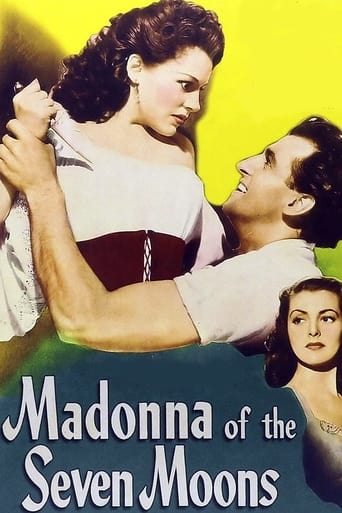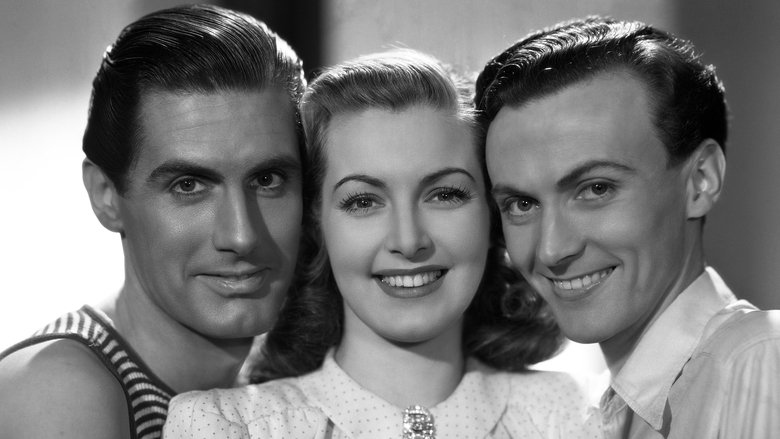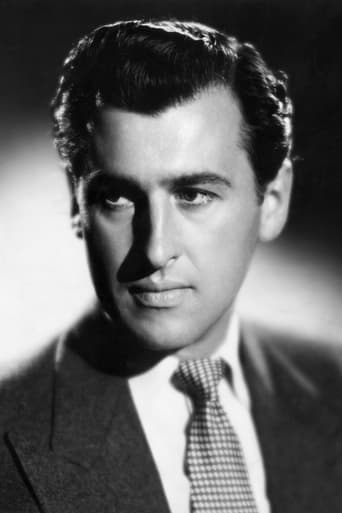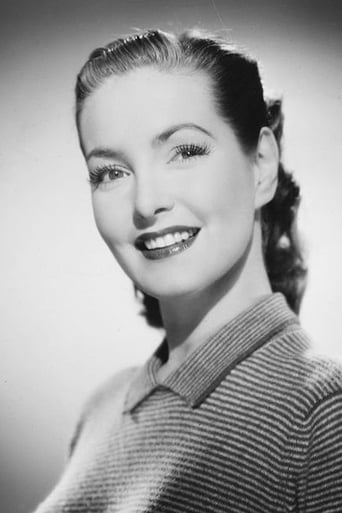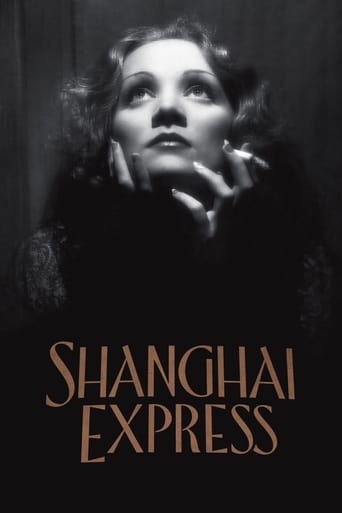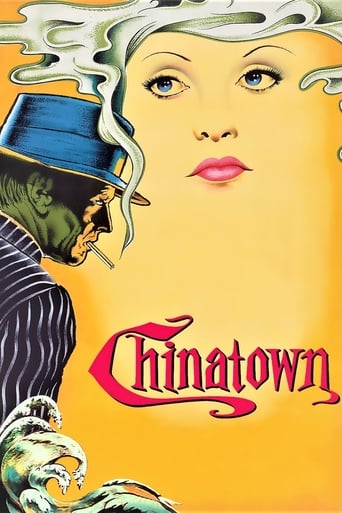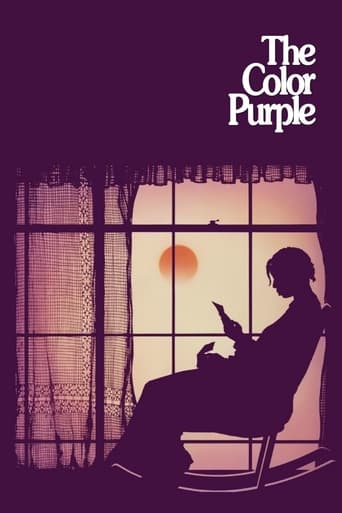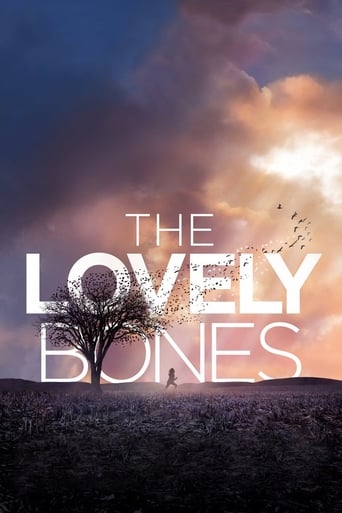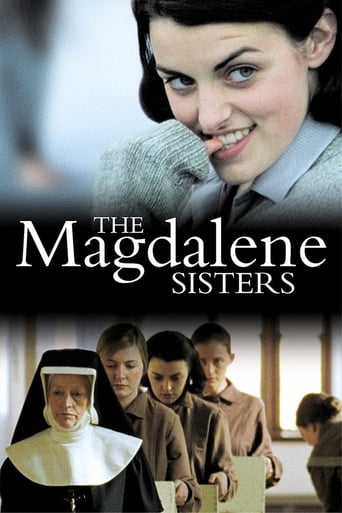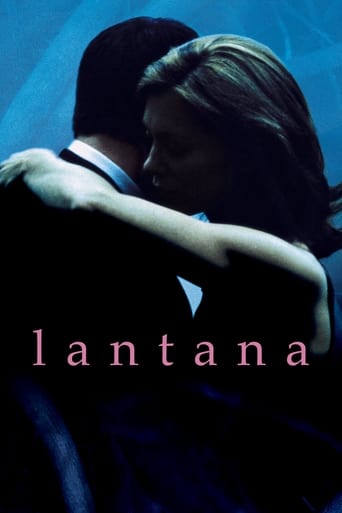Madonna of the Seven Moons (1946)
In the early part of this century, Maddelena a teenage Italian girl, is attacked whilst walking in the woods. The attack leaves her mentally scarred and our story flashes forward to the 1940s where Maddelena is still troubled. She disappears one day and her daughter vows to find her.
Watch Trailer
Cast


Similar titles
Reviews
A Major Disappointment
When a movie has you begging for it to end not even half way through it's pure crap. We've all seen this movie and this characters millions of times, nothing new in it. Don't waste your time.
This film is so real. It treats its characters with so much care and sensitivity.
This is a dark and sometimes deeply uncomfortable drama
British films of the forties, such as the well-known "Brief Encounter", were often characterised by emotional reserve, but occasionally the British film industry could go to the opposite extreme and produce full-blown melodramas, marked by an excess of emotion rather than by a lack of it. BBC2, as part of a season of famous British films, has recently shown two examples from 1945, "Madonna of the Seven Moons" and "The Seventh Veil". (It is interesting that both titles feature the number seven, often thought to have some mystical significance)."Madonna of the Seven Moons" was made by Gainsborough Pictures, a company often associated with historical melodrama. The plot is, if anything, even more hysterically over-the-top than that of "The Seventh Veil". The action is set in Italy. Maddalena, a young girl, is attacked by a peasant while out walking in the countryside. (We presume that she is raped, but in the moral climate of the forties this could not be referred to explicitly). Maddalena marries a wealthy man, Giuseppe Labardi, but her ordeal has left her mentally disturbed and she develops a split personality. ("The Seventh Veil" also concerns a woman suffering from psychiatric illness). Whenever confronted with an emotional crisis she suddenly, and inexplicably, disappears from her home and reappears in a working-class district of Florence where she lives a double life as the gypsy girl Rosanna, the mistress of the criminal Nino Barucci. (The title is derived from the symbol of the seven moons carved above the door of Barucci's home). While she is living her life as Rosanna, she has no memory of her life as Maddalena, and vice versa, but eventually something will reverse the change in her personality and she will return to her life as part of the bourgeois Labardi family. Maddalena's family have no idea where she goes to when she vanishes, and much of the plot concerns the efforts of her daughter Angela to discover the truth about her mother. (Nino is equally concerned to find out where his mistress goes when she is not with him).The film's Italian setting was presumably intended to be more glamorous and exotic than a British one would have been, and Barucci and the other working-class characters in the "Rosanna" scenes do indeed seem to be living in a sort of prettified, picturesque ethnic poverty. The "Maddalena" scenes, however, do not seem exotic at all. Indeed, apart from the names of the characters there is nothing that might suggest that these scenes are set anywhere other than in Britain. The Labardis have a number of British friends, and the British characters and the Italian ones (all played by British actors) all speak with the same upper-class English accents. Although the film is set in the late 1930s, no mention at all is made of Mussolini, the Fascist party or the approaching war. The film was made very late in the war, after Italy had switched to the Allied side. Perhaps it was felt that to mention such matters might be tactless towards out new-found allies.The casting of Phyllis Calvert as Maddalena/Rosanna (a woman in her late thirties) and of Patricia Roc as Angela (in her late teens) is curious. Calvert and Roc were two of the most glamorous British actresses of the period, but were almost exactly the same age, both being twenty-nine when the film was made. It is therefore difficult to envisage them as mother and daughter. Stewart Granger, who plays Nino, was an actor accustomed to playing handsome, dangerous and fascinating rogues (Jeremy Fox in "Moonfleet" is another good example), but here he is unable to perform the service which James Mason performed for "The Seventh Veil", that of lifting the film above the level of the mundane.There are some good things about the film; Calvert, for example, copes well with the challenge of effectively playing two different characters in one film. Overall, however, this is a mediocre film marked by overblown melodrama and a plot which is excessively complex and at times (especially during the first half) confusing. 5/10
Gainsborough Pictures is probably most famous for the wide variety of melodramatic romantic (often costume) dramas it produced in the heydays of the 1940's. MADONNA OF THE SEVEN MOONS (1945) is one of the strangest, kinkiest examples of Gainsborough melodrama, yet it is also, despite it's wild, unbelievable melodrama, quite a finely made film and a very entertaining one at that.The film concerns the highly implausible premise of a woman, Maddelena (Phyllis Calvert)Labardi, having completely split identities. For long periods she is the married, repressed English lady, complete with clipped vowels and high collars. Her daughter Angela comes home from boarding school, and it is soon revealed that something is not quite right with her mother. She has strange spells of behavior where she appears to be somewhere completely different, reacts badly to Angela's modern dress and spirit, and faints at the sight of Sandro Barucci (Peter Glenville), one of Angela's friends invited for a party. Soon Maddelena becomes Rosanna, a gypsy woman who cavorts in the Florentine underbelly with her dark, handsome, devilish lover Nino Barucci (Stewart Granger).Calvert's complex character apparently has no idea of her illness, or her "other self" when she is either Maddelena or Rosanna. The only things that trigger awareness are religious symbols, the "seven moons" and set of jewelery. Angela and her fiancé soon venture to Florence to uncover the truth, and it of course ends in tragedy as Calvert's two identities catch up with and threaten one another.The idea of Phyllis Calvert, refined English leading lady and all, as an amnesiac posing as a free-living Italian gypsy girl is not as ridiculous as you may think. Calvert plays her dual roles very well, quite convincing as both the repressed upper-middle class housewife and the long-haired gypsy, alternately puffing on cigarettes and sexily cavorting with her thief lover Granger.Granger, who was Gainsborough's second most famous male lead after the great James Mason, does not have to do much else here apart from smolder and play a bit of a rough with Calvert in low-necked, sweaty shirts and carnival costumes. Granger was undoubtedly nowhere near as talented as the brooding, saturnine Mason who he had starred with in the "definitive" Gainsborough costume melodrama THE MAN IN GREY (1943), yet he is a strong screen presence regardless. Lovely Patricia Roc, often the second lead to Calvert or Margaret Lockwood (see THE WICKED LADY), is quite capable as the daughter, though it is a tad hard to buy the "mother-daughter" Clabert and Roc, as they were only separated by a few years at most.The set design and the production values are top-rate for a British studio in time of war. Of course the plotting is outlandish, but it's just so damn entertaining that many viewers can overlook the implausibility of the situation. As with most of the Gainsorough melodramas, a woman is the protagonist here, and we are led to believe that becoming the gypsy Rosannna is Calvert's attempt at transgressing a staid upper-class British society. The psychological premise of the plot is rather flimsily handled and barely explored, yet we are left with an interesting portrayal of a woman who, apparently raped by a gypsy when young, has no control over the competing sides of her personality.Above all, MADONNA OF THE SEVEN MOONS is great because it's just typical Gainsborough...melodrama, steamy love scenes (the reunion scene between Granger and Calvert is quite hot!), betrayal, murder, lust...see it!
I saw this movie when it first came out and have yet to figure out why it was such a popular success. Its surely one of the silliest movies ever made with a a cast of English actors in operatic style Gypsy get-up -seems everyone wore jangly earing's and swaggered around while Phyllis Calvert (God rest her) one of the most English of actresses portrayed an Italian girl possessed by wayward uncontrollable passions (usually portrayed in those days by the luscious Gina Lollobrigida) Its really a trip through the costume wardrobe of an Italian opera. See it strictly for laughs. It would have only needed the Ritz brothers to appear half way though to get the whole thing together
*POSSIBLE SPOILERS*I saw this film during my Intro. to British Cinema class and I thought it was fantastic. Just like a great film does, I was hooked after 10 minutes and I never expected what happened to happen. This must have been a groud-breaking film for the time...hinting at a rape scene involving an older man and a young girl that leaves her mentally scarred for the rest of her life, a woman with double-personalities, lots of sexual undertones...If you haven't seen it, make sure you do. One of the best films I saw the past year.

